Question about Sombreuil (aka Colonial White)
jacqueline9CA
10 years ago
Featured Answer
Sort by:Oldest
Comments (69)
User
10 years agoroseseek
10 years agoRelated Discussions
White Rose For Pillar...White Cap or Sombreuil?
Comments (14)I grow White Cap up here in coastal Washington on Puget Sound. Every year I plan to replace it because the blooms do not open well for me. But it may be that it just needs to be moved into a lot more sun than the spot I have it in. I am growing it with Clair Matin who does fine in that spot, but CM has a lot fewer petals. Sombreuil does well for me, but it is a thorny thing. Beautiful blooms. Another you might look at is Creme de la Creme; it seems to do well here and the blooms smell like pears to me. It might do well as a pillar; not too thorny to work with and I don't believe it will be massive. Somewhat upright. I don't know if that is very helpful; I almost replaced WC this year but Pickering didn't send me my order and I never ordered my replacement again. Can you tell I am really on the fence about WC? I think it really needs more heat ... but again, maybe just more sun. And maybe you are warmer than I am up here on Puget Sound, as far north as Seattle. For whatever that is worth ......See MoreSombreuil ?..Colonial White?
Comments (38)So what is La Biche? *** The rose you bought, labelled 'La Biche,' is the 1850 Tea Rose, 'Mlle. de Sombreuil.' A much prettier rose IMHO than Sombreuil *** Well, :-) Let's just say both are pretty, in different ways. 'When this came up, in a talk we gave not long ago, someone said definantly: "Well EYE am still going to grow my Sombreuil'" My reply was: "And so am I!" (But isn't it nice to know what you REALLY have?) I love La Biche who is not la biche. *** I do, too, and I am even happier to know that she has her true identity back! For more information, go to the web site of the Gold Coast Heritage Roses Groups (see link below). Under Articles, click on "The Sombreuil Saga." Jeri Here is a link that might be useful: Gold Coast HRG Articles...See Moresombreuil_mongrel - Noveau Sink and Anuder Question(s)
Comments (1)Nouveau does mount to the wall- 2 anchors for the sink itself, and the chrome base is also attached. Basketweave is made in ceramic, but it looks a lot different, mainly that the edges are somewhat rounded, while the mable tesserae have sharper edges. Link to a border/patterned small tile specialty supplier below. Thanks for the glowing compliments. I'm glad I got the bathroom done before the economy crashed. Casey Here is a link that might be useful: Restoration Tile...See MoreSombreuil (Colonial White) - Stay or go?
Comments (20)Thank you all for your kind words about my 'Sombreuil'...and also Alfonso! You should see what he's done with my 'Florence Bowers Pink Tea'! He never worked with roses in his life until he came to work for me, and he has a natural talent for pruning and training. Also, he's a wonderful happy person who always has a smile and laughs all day long while working in the garden. It's a real pleasure to work with him. I agree with you Perma, I think Sombreuil benefits from regular watering. I am pretty sure Jackie has an irrigation system, as do I. I also feed this rose 3 times a year with RoseTone and once a year with horse manure. Finally, because it's relatively small I'm able to keep it deadheaded, which I think helps it to bloom a lot....See Morenastarana
10 years agomalcolm_manners
10 years agojacqueline9CA
10 years agoroseseek
10 years agobluegirl_gw
10 years agoroseseek
10 years agojerijen
10 years agojacqueline9CA
10 years agoroseseek
10 years agobluegirl_gw
10 years agocath41
10 years agonastarana
10 years agojerijen
10 years agoTessiess, SoCal Inland, 9b, 1272' elev
10 years agojerijen
10 years agomalcolm_manners
10 years agoroseseek
10 years agozeffyrose
10 years agomalcolm_manners
10 years agoroseseek
10 years agorosefolly
10 years agomalcolm_manners
10 years agojerijen
10 years agoroseseek
10 years agonippstress - zone 5 Nebraska
10 years agojacqueline9CA
10 years agoKippy
10 years agokittymoonbeam
10 years agojerijen
10 years agonastarana
10 years agonikthegreek
10 years agoroseseek
10 years agonikthegreek
10 years agojacqueline9CA
10 years agojerijen
10 years agonikthegreek
10 years agoroseseek
10 years agojeannie2009
10 years agoMolineux
10 years agonikthegreek
9 years agolast modified: 9 years agojacqueline9CA
9 years agojacqueline9CA
9 years agonikthegreek
9 years agotrue_blue
9 years agonikthegreek
9 years agojacqueline9CA
9 years agosummersrhythm_z6a
9 years ago
Related Stories

DOORS5 Questions to Ask Before Installing a Barn Door
Find out whether that barn door you love is the right solution for your space
Full Story
ORGANIZINGPre-Storage Checklist: 10 Questions to Ask Yourself Before You Store
Wait, stop. Do you really need to keep that item you’re about to put into storage?
Full Story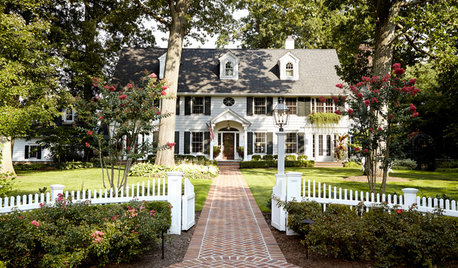
DECORATING GUIDESHouzz Tour: Much to Like About This Traditional Beauty
New elements mix well with old in a New Jersey family’s elegant and comfortable colonial revival home
Full Story
ARCHITECTURE10 Things to Know About Prefab Homes
Are prefab homes less costly, faster to build and greener than homes constructed onsite? Here are answers to those questions and more
Full Story
KITCHEN DESIGNHouzz Call: Tell Us About Your First Kitchen
Great or godforsaken? Ragtag or refined? We want to hear about your younger self’s cooking space
Full Story
LIFEHouzz Call: What Has Mom Taught You About Making a Home?
Whether your mother taught you to cook and clean or how to order takeout and let messes be, we'd like to hear about it
Full Story
PAINTINGWhat to Know About Milk Paint and Chalk Paint — and How to Use Them
Learn the pros, cons, cost and more for these two easy-to-use paints that are great for giving furniture a vintage look
Full Story
FUN HOUZZEverything I Need to Know About Decorating I Learned from Downton Abbey
Mind your manors with these 10 decorating tips from the PBS series, returning on January 5
Full Story
HEALTHY HOMEWhat You Need to Know About Dust and How to Fight It
Breathe easier with these 10 tips for busting mites, dander and other microscopic undesirables
Full Story


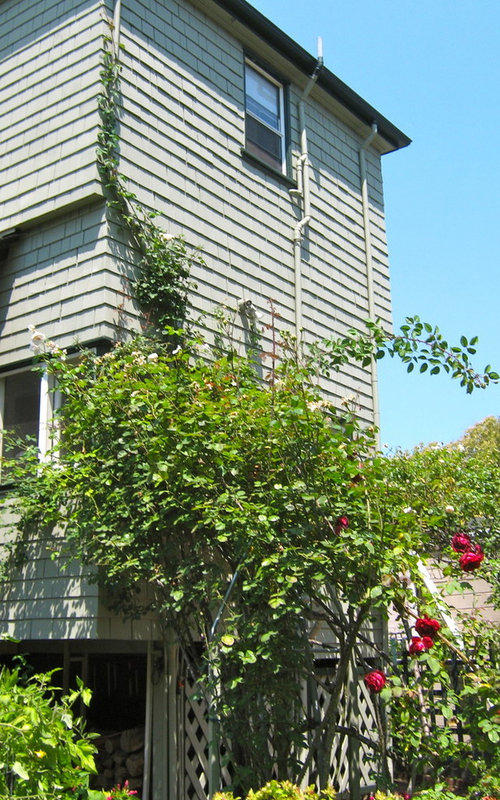
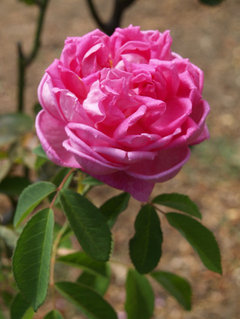
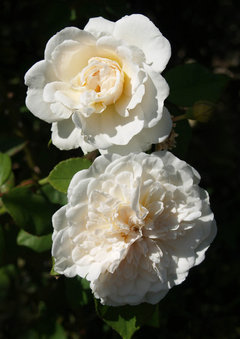
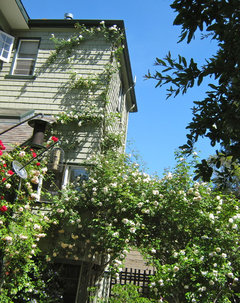
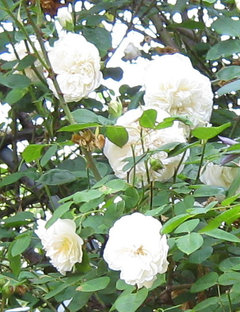






Kippy